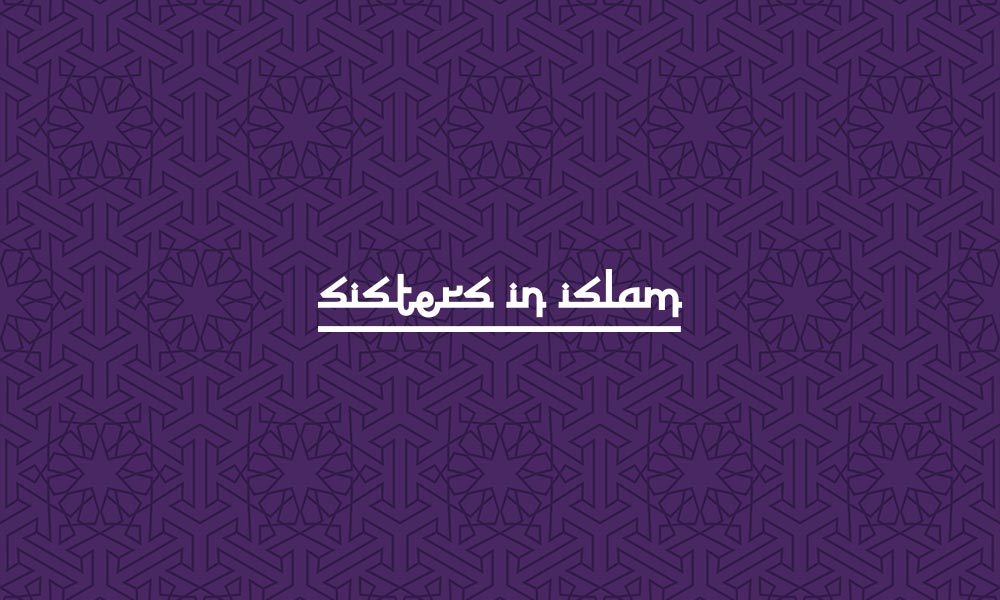What’s With the Hijab?
The West obsession with the hijab as a symbol of oppression and the Muslim obsession with the hijab as a symbol of piety are both misguided and misplaced.
In banning the wearing of Muslim headscarves and other “ostentatious” religious symbols in schools, the French Republic has undermined its own fundamental belief in liberty, equality and fraternity. The freedom to teach, practice, worship and observe one’s religion in public or in private, alone or in community with others is a fundamental right upheld by the Universal Declaration of Human Rights.
This freedom can only be limited by law solely to respect the rights of others and to meet the just requirements of morality, public order and the general welfare in a democratic country.
In limiting this expression of religious freedom, France has not shown how the wearing of visible religious symbols could impinge on the rights of others or could impact adversely on public morality, order or welfare.
Sisters in Islam is opposed to any attempt by any government to legislate on dress – whether it is to force women to cover or uncover their heads. Those protesting the French law as an unjust limitation on freedom of religion must, by the same principle, also protest the state laws of Saudi Arabia and Iran which enforce compulsory hijab in public and the law of Turkey which bans it in public institutions.
What needs to be recognised is the fact that the debate and obsession with a piece of cloth on a woman’s head is not so much about faith and piety, but about politics and identity. US President George Bush justified his war in Afghanistan in the name of liberating the oppressed Afghan women whose encasement under the burqa represents the ultimate symbol of the subjugated Muslim women.
But we know today that as Afghanistan crawls towards constitutional democracy, the rights of the Afghan women to a life of equality, justice, freedom and dignity are not the priorities of the Bush administration, nor the United Nations or the interim government in Kabul.
Twenty-five years after the Iranian revolution, women in Iran are defying the religious authorities by displaying as much hair as possible from the front and back of their compulsory headscarves. This widespread display of “bad” hijab is now beyond state 2
control because the state has lost its legitimacy and moral authority to govern in the name of Islam.
Just as thousands of Muslim women wore the hijab as a symbol of protest against the despotic rule of the Shah of Iran, thousands of women today are defying the hijab ruling to protest against the clerics whose rule has not brought the promised life of justice, freedom and prosperity.
For some Muslims, the hijab is an expression of their faith. For others it is a symbol of their Muslim identity within a dominant non-Muslim environment. Yet, for many others, it is a symbol of resistance against a hegemonic West or an oppressive Government.
For many women from conservative families, the hijab is an empowering garment as it enables them to enter the public space, now regarded as safe and Islamic.
For the West today to view any woman in hijab as a threat to national security or national integration, or a symbol of backwardness, or piety and therefore militancy, is yet again to misunderstand the diversity of meanings, symbols and experiences of the Muslim community.
On the flip side of the same coin are the Muslims who misunderstand the legacy of the Islamic message regarding women as representing the sole pristine meaning of Islam – when this definition of the “good” Muslim woman gained legitimacy not because it was the only possible interpretation, but because it was the interpretation of the politically dominant, who had the power to declare other readings as “heretical”.
Sisters in Islam
12 February 2004
